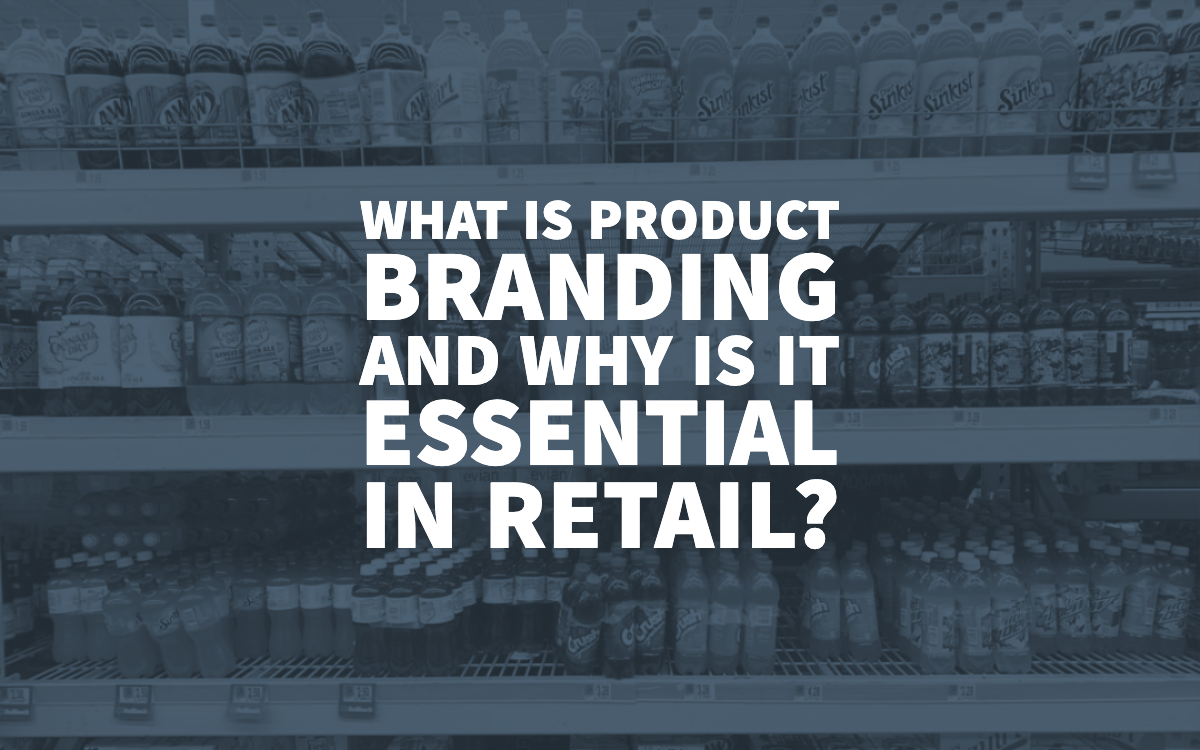
What is Product Branding and Why is it Essential in Retail?
Why do customers choose reliable brands like Nike or Apple?
The answer is simple ? their mere names and logos stand for trustworthiness and premium quality.
Namely, in today?s overcrowded market, where there is a sea of products similar to yours, it?s challenging to get yourself noticed by the right audiences.
Moreover, the only way to become a leader in your niche and increase sales is to build a stable and recognisable brand around it.
Let?s learn what product branding is, why it is essential, and how it is done.
What is Product Branding?
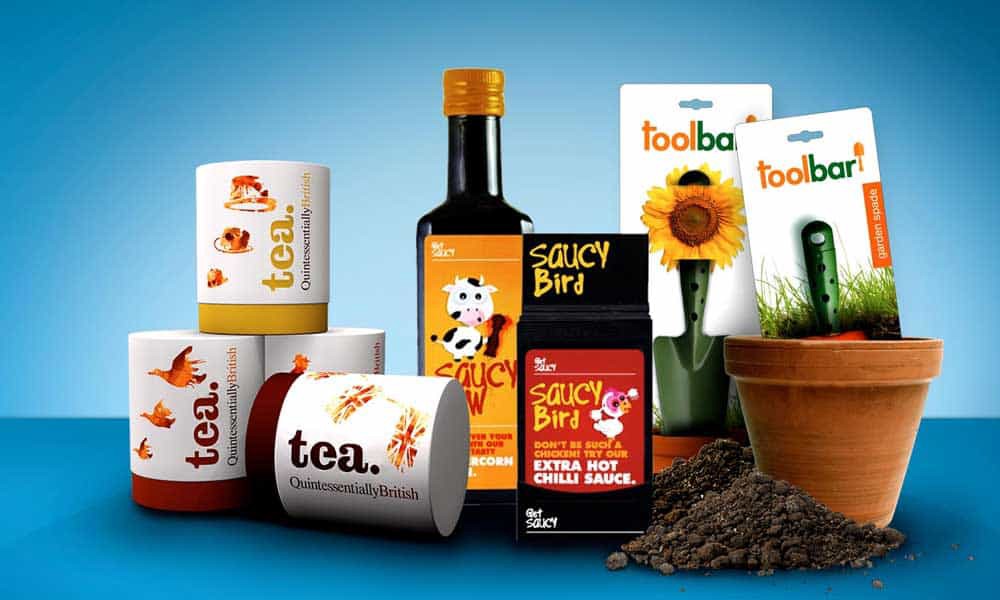
Product branding is an opportunity to differentiate your product and help it stand out.
It involves the use of different branding tactics, from choosing logos and designs to determining your brand?s name and tone of voice.
These brand elements let you promote the idea behind your products and increase your industry authority.
Now, here are a few steps you should take when branding your products.
Do your research

Before you start building your product brand, you need to allocate some time to research your markets.
Start by researching your competitors.
Observe the audiences they?re targeting, marketing tactics they?re using, and the products they?re developing to learn more about your industry.
Instead of copying their tactics, identify any the significant gaps in your industry and see how your products can help overcome them.
Then, research your target audience.
Conduct customer surveys, interview customers, call them, create social media polls, and track their comments and discussions.
This is how you will learn more about their needs and build reliable buyer personas to guide you.
Finally, apply these findings to your product branding processes.
For instance, look at the two completely different brands in the same niche.
The first one is Office Coffee Supply that markets its product as the first choice of business people.
To align their product design with their story, they used minimalistic design ? a coffee cup and a paperclip.

Their logo emphasises the simplicity and reliability of their product, which is precisely what a modern office needs.
The second one is the Atlas Coffee Club.
This is a subscription-based coffee seller, providing their customers with the finest coffee from countries like Brazil, Costa Rica, Nigeria, Colombia, and so forth.
The packaging is designed differently, according to the origin of coffee, celebrating the local culture, customs, and textiles.
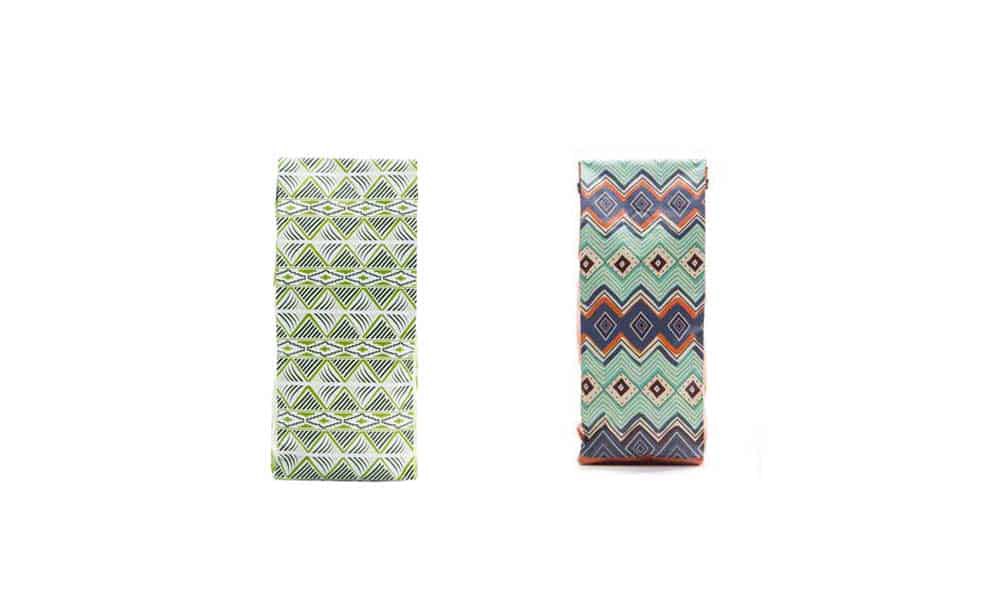
Most importantly, such product packaging attracts coffee enthusiasts, helping them experience distant countries by tasting their coffee.
The reason why these product branding strategies are different is obvious ? the two brands target different audience segments and have different goals.
Also, their branding efforts need to align with them.
Choose the Right Product Name
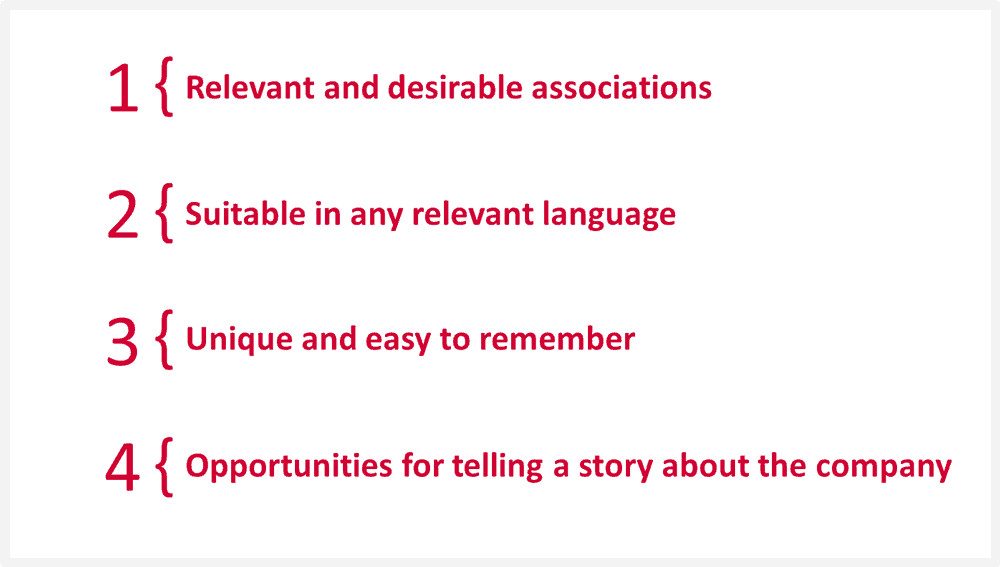
Choosing a product name is critical for your success.
Now, there are different factors to keep in mind.
A customer should be familiar with your name.
This is why it needs to be simple, powerful, and memorable.
Now, some businesses decide to choose their brand name as their product name.
This is a good option if you?re a well-established brand, and you want to use your authority to boost your product?s positioning.
If you, on the other hand, want to craft a new name for your product, here are a few options to choose from:
- Descriptive product names are those that describe the purpose and use of your product, such as General Motors.
- Associative product names are usually non-existing words that describe the use of your product, such a Facebook or LinkedIn.
- Deviant product names are words or phrases that are not related to the purpose of the product, as in Apple.
- Neologistic product names are usually made out of nonwords that have no link with the product, such as Kodak.
Invest in Brand Consistency
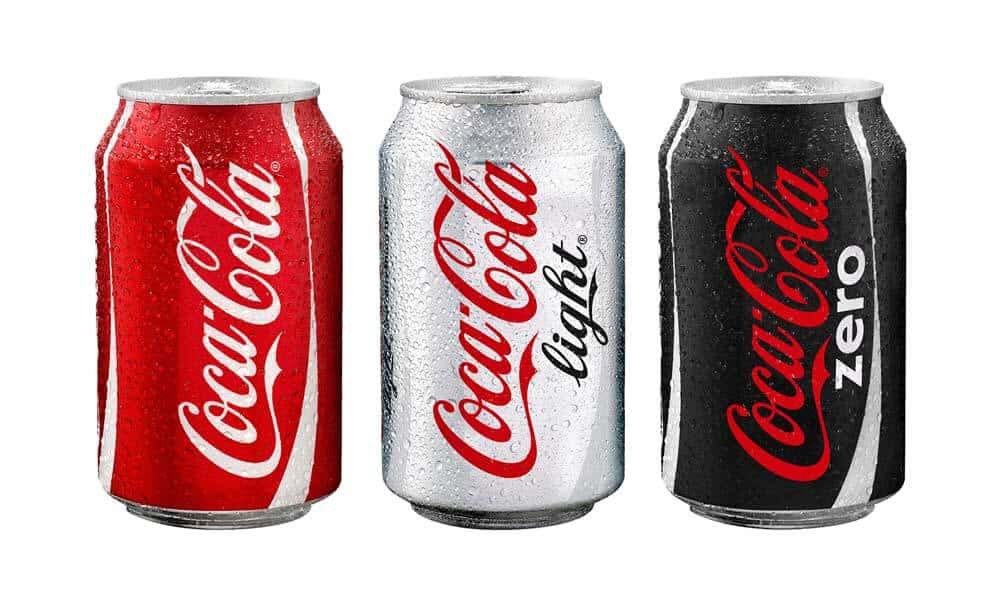
Consistency is the backbone of your product branding efforts. It makes you more recognisable.
Most importantly, it helps you increase your industry authority and build trust with your target audiences.
Look at Coca-Cola, for example.
Every aspect of their product branding, from the shape of their bottles to their recognisable logo, colours, and messaging, remains the same across all channels they use.
They use their brand elements on their website, social channels, advertising campaigns, billboards, and product packaging to send a unique message and increase brand familiarity.
This is something you need to keep in mind when branding your products.
For starters, develop a clear and compelling brand message that should be reflected through each product you create.
Set the tone of voice that reflects your brand personality and resonates with your audiences.
Develop your logo.
No matter if they?re purchasing online or offline, your logo is the first thing a customer sees.
It needs to be unique, simple, easily recognisable and, above all, it needs to reflect your brand personality.
The same goes for colours.
Choose them according to your brand traits.
According to the psychology of colour, each colour evokes a particular emotion.
For example, blue stands for reliability; green reflects the organic qualities of a product; orange is energetic and playful, white is the colour of purity, etc.
Finally, to ensure that your brand elements are used consistently in the product design and branding process, create a brand style guide.
It should dictate how your brand message and design elements should be used both offline and online.
No matter if you?re building your product pages, creating personalised keyrings for your customers, or designing your latest product, your brand elements should be used consistently and be easily recognisable.
Develop an Authentic Mission Statement

A brand mission statement is the nerve centre of your brand presence.
This is something that inspires you and shows customers how and why you are unique.
This is where you should never copy your competitors.
Instead, use your mission statement to set yourself apart from them.
Your mission statement is what inspires a customer to buy from you and not your competitors.
Let?s look at TOMS? ?Stand for Tomorrow.?
This brand is not famous for the highest quality products or its exceptional design.
They?ve positioned their brand as profoundly humane and socially responsible.
Their mission statement stands for everything they do, from building systems for delivering safe water to giving away free shoes to the people in need.
Coca-Cola?s ?To refresh the world in mind, body and spirit.
To inspire moments of optimism and happiness through our brands and actions? is another perfect example of product branding.
Their mission statement emphasises the core mission of this brand ? to refresh people and bring happiness and positivity to the people all across the globe.
Get your Staff Involved

When trained well, your employees can support your product branding strategy in multiple ways.
Teach them that selling product is only one aspect of their jobs.
Their job is to increase customers? awareness of your brand and build stronger relationships with them.
Precisely because of that, their soft skills and personality traits should align with your brand?s missions and values.
They should understand the message you?re trying to send to your customers and use the same tone of voice when interacting with them.
Make sure you provide them with all the information about your brand and products they need so they can present them in the right way.
You could even provide them with the guidelines for customer interactions that would help them maintain brand authenticity and consistency.
Conclusions
Product branding goes far beyond the choice of the product name or logo design.
It is also about attracting the right audiences, evoking emotions in them, and building relationships with them.
This is why you need to approach it strategically.
Start by researching your target market and defining your audiences.
Then, determine your brand?s purpose, goals, and missions that should be reflected through your product.
This is the foundation of your branding efforts, helping you choose the right product name, tone of voice, and visual identity.
Finally, ensure that your brand elements are used consistently.
Create a trustworthy brand style guide for your employees to use and teach your staff how to communicate your brand missions consistently.
Originally published at https://inkbotdesign.com on August 8, 2019.


